We consulted with pros to create this laundry checklist that could save you time, headaches and money!
10 Things to Always Do Before Doing Laundry
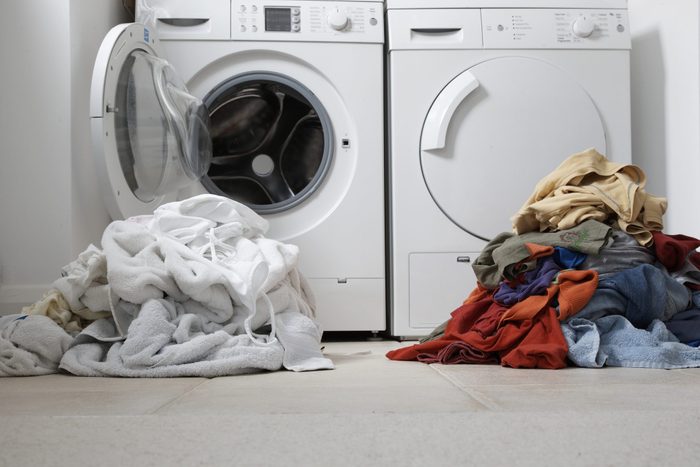
Sort the Laundry
For the best cleaning results, sort your laundry. It prevents fading and makes it easier to use the appropriate products for cleaning, whitening and stain removal.
Clorox scientist Mary Gagliardi, aka “Dr. Laundry,” recommends grouping items according to the following groups:
- Dark colors;
- Light/bright colors;
- Bleach-safe items (cotton, polyester, acrylic, nylon, screen-printed white t-shirts, bleach-fast colors) that aren’t really a “white” load;
- White items with spandex, including white stripes and other mostly white patterns.
“There are always exceptions,” says Gagliardi. “Lint producers [like towels] should not be washed with lint collectors [like corduroy]. Also, wool items often need to be washed separately, or, at most, with other wool items.”
Also, learn how to unshrink clothes.
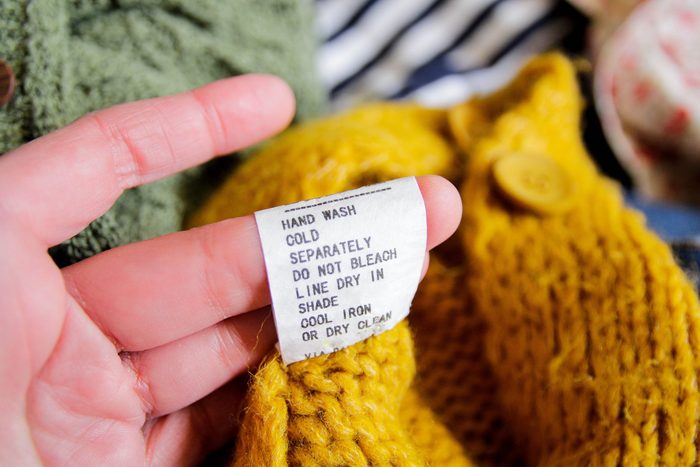
Follow Washing Instructions on Laundry Tags
Laundry care labels usually have the information you need to properly wash an item, and they’re a good starting point for selecting wash conditions.
Why only a starting point? Gagliardi says sometimes textile and clothing manufacturers cut costs and use the same label for everything regardless of what conditions are best.
“A great example of this is a white 100% cotton towel labeled ‘Do Not Bleach,’ when the correct label is ‘Any Bleach When Needed,'” she says. “Colored towels can also end up with a ‘Do Not Bleach’ label, even though ‘Only Non-Chlorine Bleach When Needed’ is more accurate.”
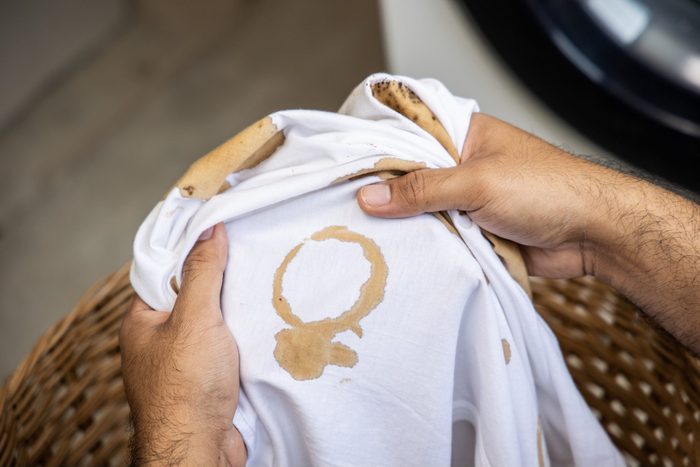
Pre-Treat Stains
Before tossing items into the washer, check for stains and pre-treat them. (Money-saving tip: Look for liquid detergents that recommend using it at full strength to pre-treat stains.)
Apply the pre-treatment product to both sides of the garment. Gently rub it in from the underside of the stain. Rubbing the stain directly will push it deeper into the fabric and make it harder to remove.
Allow the pre-treatment to work for the recommended time; some products need as much as 10 minutes. It takes patience, but it’s worth it to get the stain out.
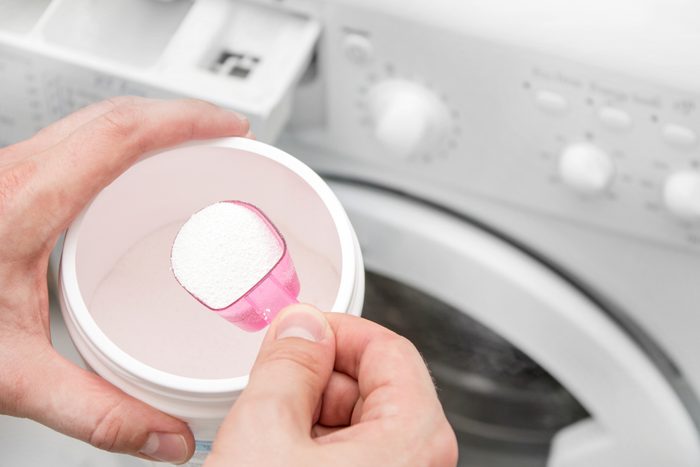
Add Whiteners and Brighteners
Gagliardi says you can use chlorine bleach like regular bleach every time you wash bleach-safe items, like white cotton or polyester clothing, and household items.
You can also bleach some colored items, like graphic tees, as long as they’re colorfast to bleach. Even nylon, acrylic and rayon are generally bleach-safe fibers.
However, some fibers can never handle chlorine bleach, regardless of the color — wool, silk, mohair, leather and spandex.
Non-chlorine bleach products are safe to use on any colored item that can be machine washed with detergent, even spandex. If the care label says “Do Not Bleach,” test for colorfastness first, says Gagliardi. “Care labels aren’t always accurate,” she says.
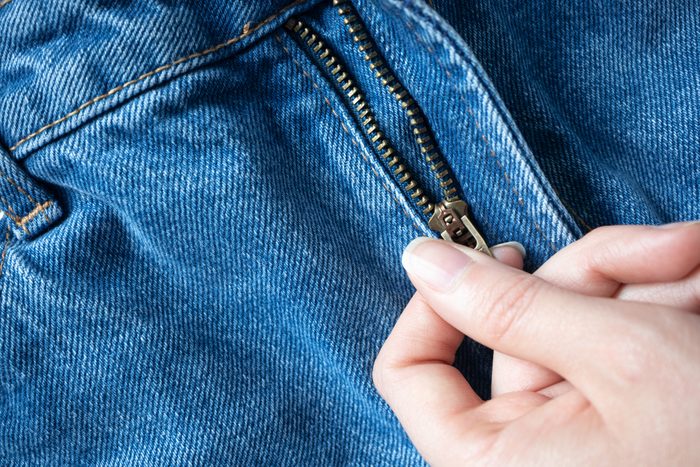
Prepare the Items To Go Into the Washer
Start by checking all the pockets for tissues, lip balm, pens, crayons, gum, keys, coins and anything else you don’t want in the washer with your laundry.
Katie Dills, brand president of The Cleaning Authority, recommends zipping zippers to keep the teeth from snagging other items in the load and scratching the inside of your washer.
“Unbutton dress shirts [don’t forget the cuffs] to minimize stress on the buttonholes and buttons, and keep loose buttons from scratching your machine,” says Dills.
Gagliardi also suggests turning blue jeans inside out to preserve their color.
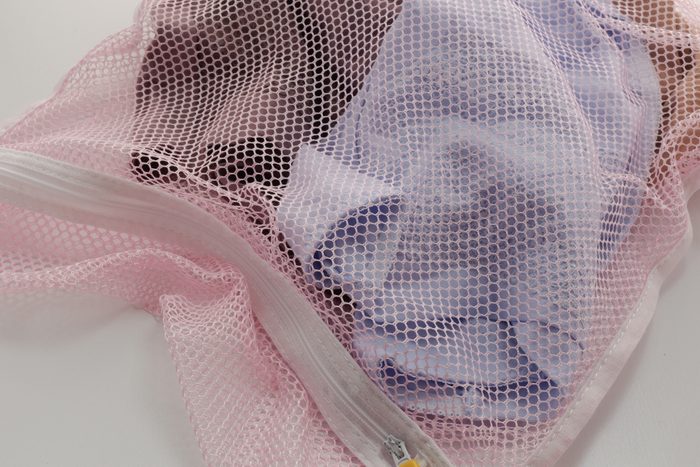
Use a Mesh Bag
Mesh laundry bags protect delicate clothing from the rigorous agitation of a regular cycle. “Machine wash delicate” items, like bras, can often be washed in a regular cycle if they’re in a mesh bag. It prevents bras from tangling around the agitator, or the hooks from snagging and tearing other pieces of clothing.
Other items that do well in mesh bags include aprons with ties, leggings and clothing with straps, like camisoles. Gagliardi says when ties, straps or leggings wrap around other items, it makes it harder for a load to properly balance and reach a high enough spin speed to effectively remove wash and rinse water.
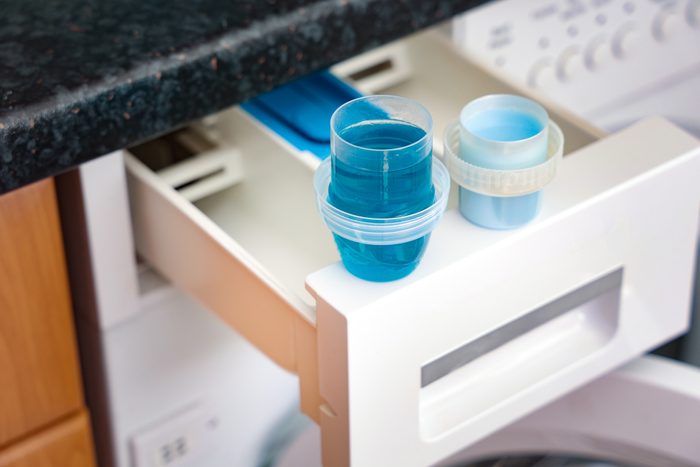
Use the Right Amount of Laundry Detergent
The right detergent is a must when it comes to cleaning clothes. And so is adding the right amount of detergent.
Use too little, and your clothes won’t get clean. Use too much and detergent residue will dull your clothes. Plus, the over-sudsing will produce longer cycle times for your washer, says Morgan LaLonde, brand manager at Whirlpool Laundry.
Play it smart and always use the amount recommended by the washing machine manufacturer.
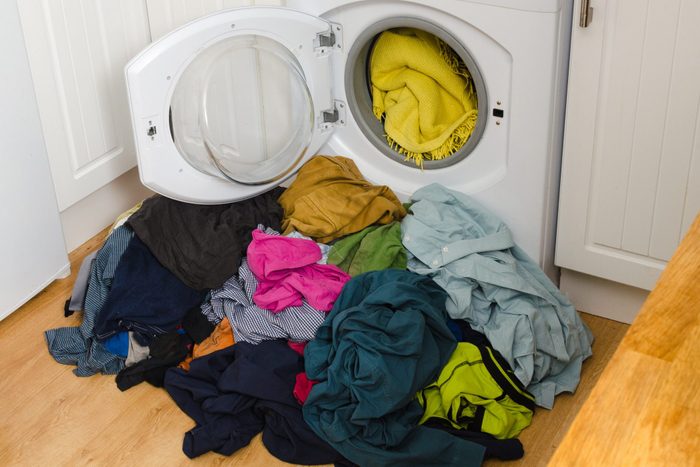
Don’t Overload the Washer
LaLonde also cautions against overloading your washer. Doing so may cause extra stress on the machine.
We’ve all seen washers vibrating out of position. Such motion stresses the belts and bearings, and that could result in costly repairs.
“Also be careful when washing any non-clothing items in your appliance, as it could damage other items in the load and/or your appliance,” says LaLonde. “Memory foam pillows will likely break apart if washed in a washing machine, and could cause additional damage to the appliance.”
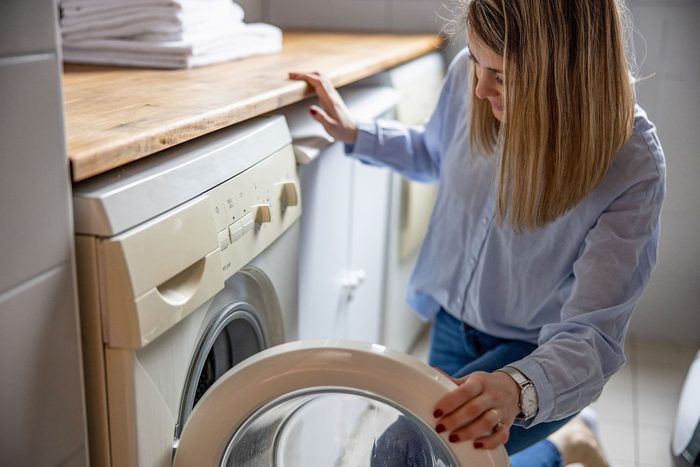
Inspect the Washer and Dryer Before Loading
Avoid becoming a victim of the “red sock syndrome” by checking the washer and dryer for items left behind from the previous load.
I learned my lesson when a load of white towels turned a lovely shade of pink after I forgot to remove a new red sweatshirt from the washer. This is especially true when doing laundry at a laundromat. From tissue shreds to oil-soaked rags, it’s best to remove them first, before they damage your clothes.
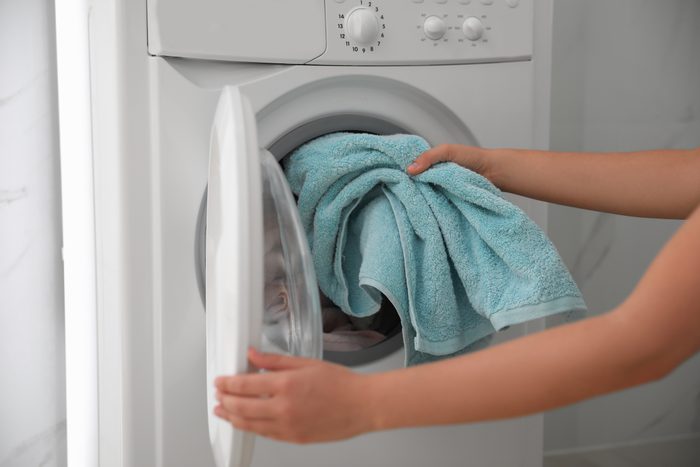
Balance the Load
When washing bulky items like duvets or pillows, make sure to add a couple of towels or another pillow to balance the washer during spin cycles. Otherwise, the washer will shake, rattle and move around, potentially damaging the machine and the floor. Plus, the washer won’t spin as effectively. That means wetter clothes and longer drying times. While you’re at it, you can also try this towel hack to dry your wet clothes faster.




















